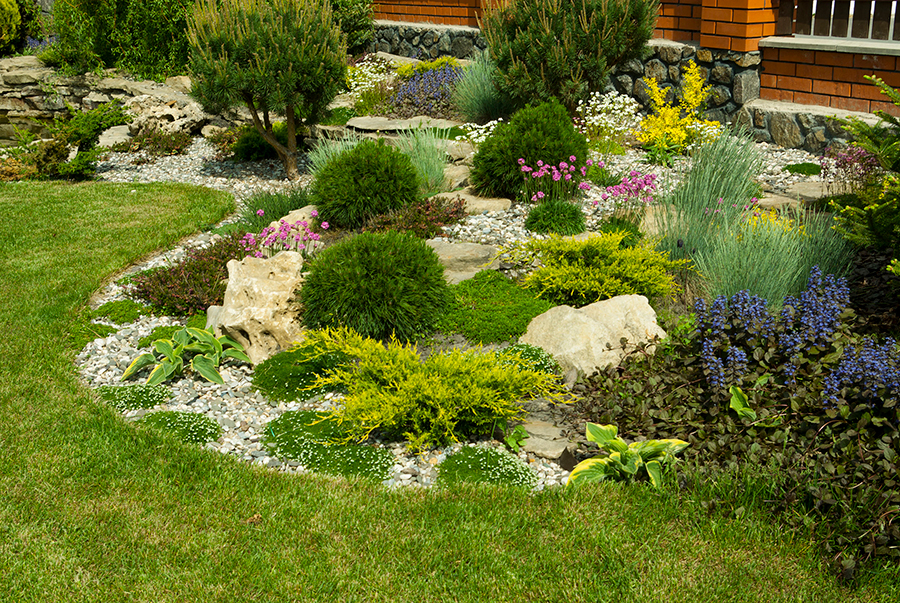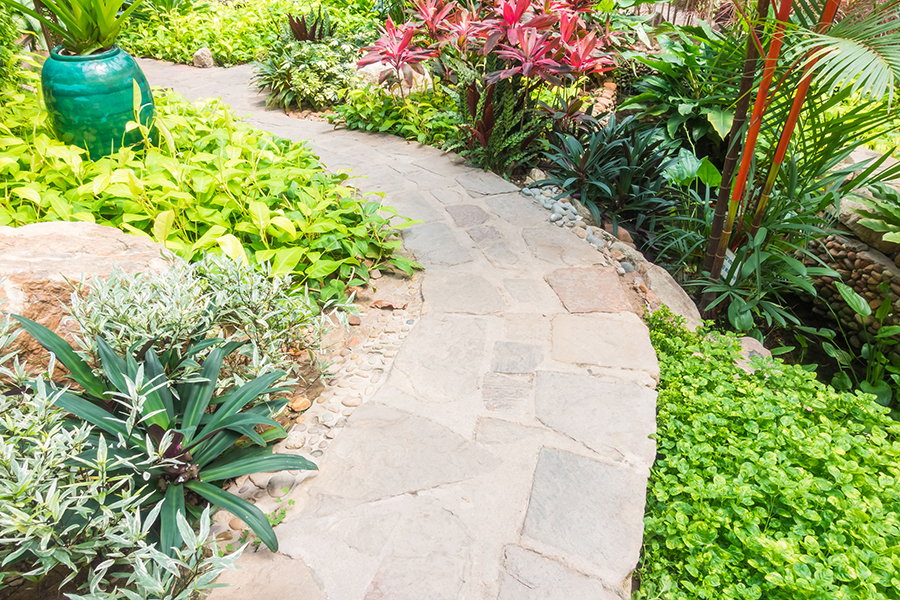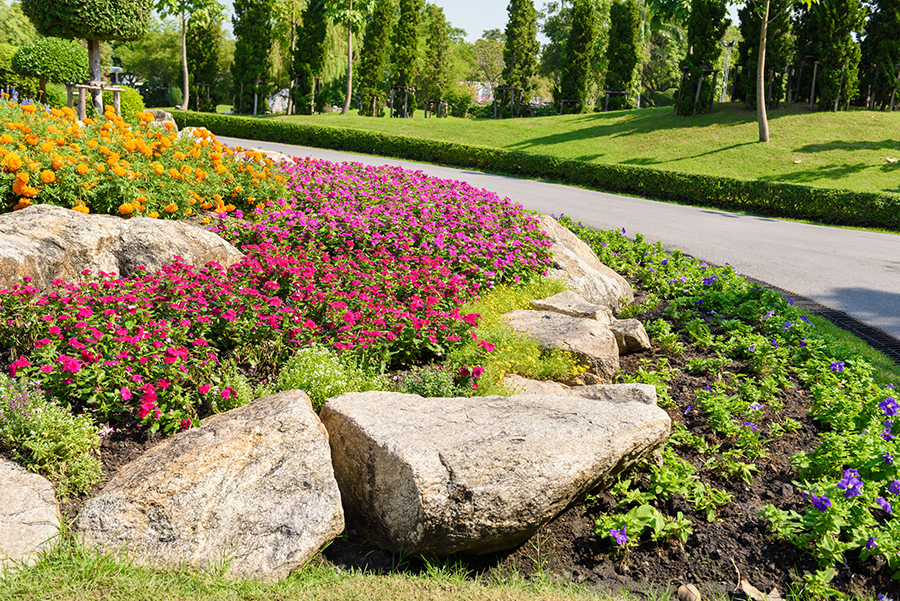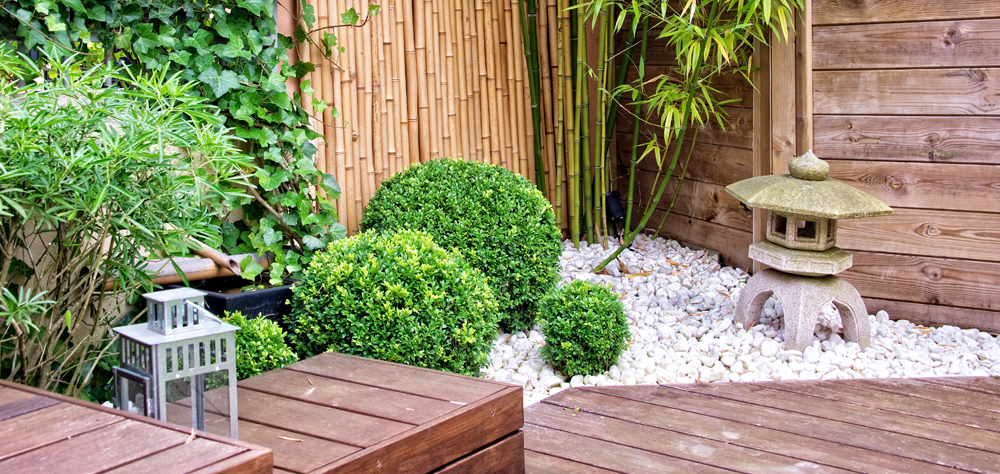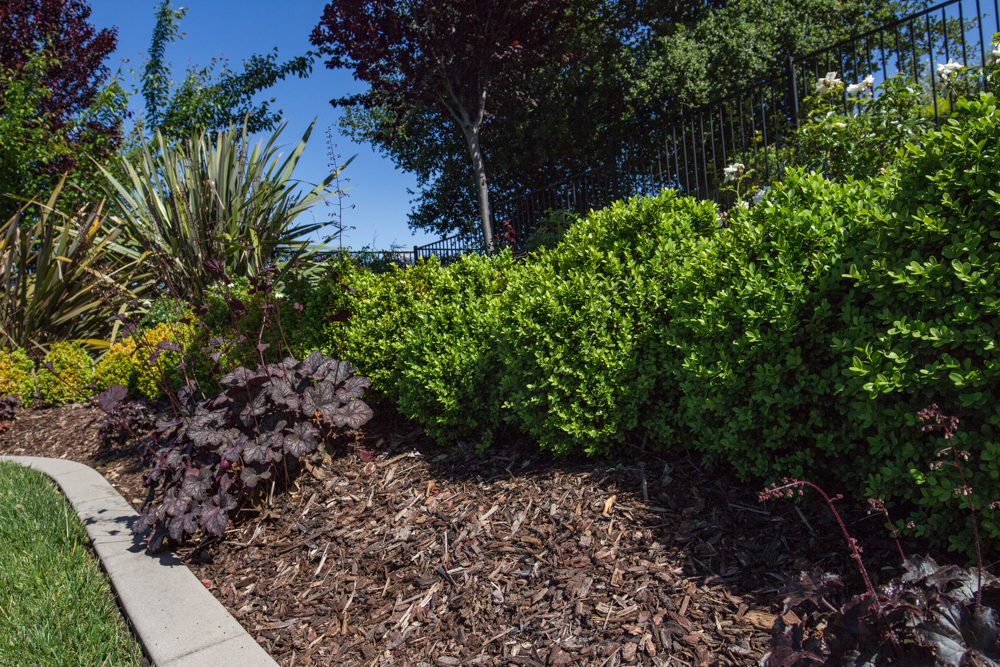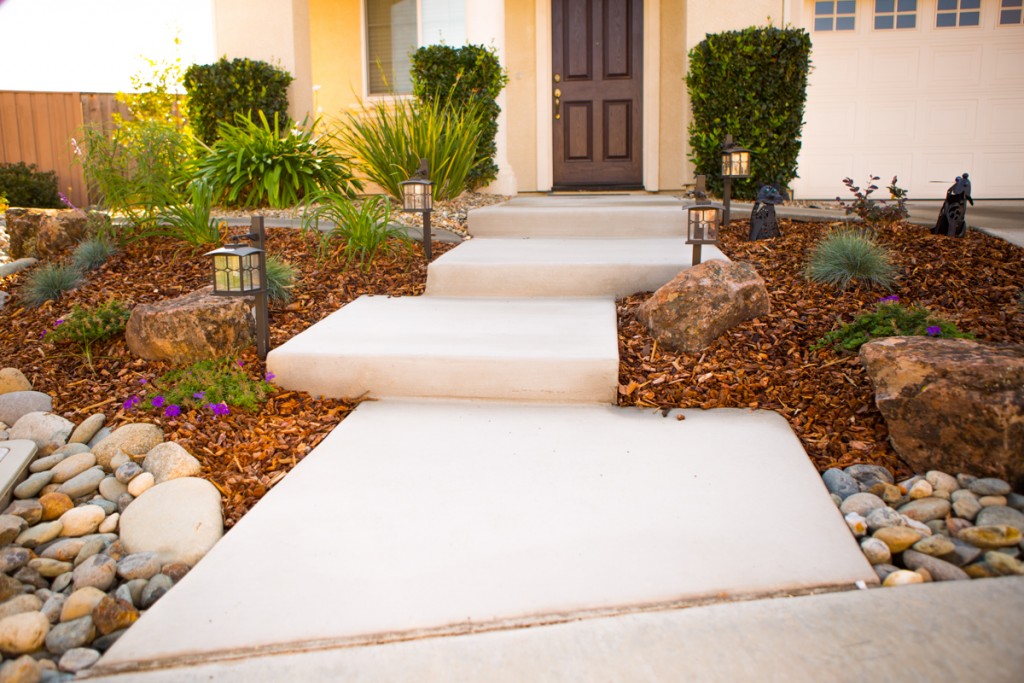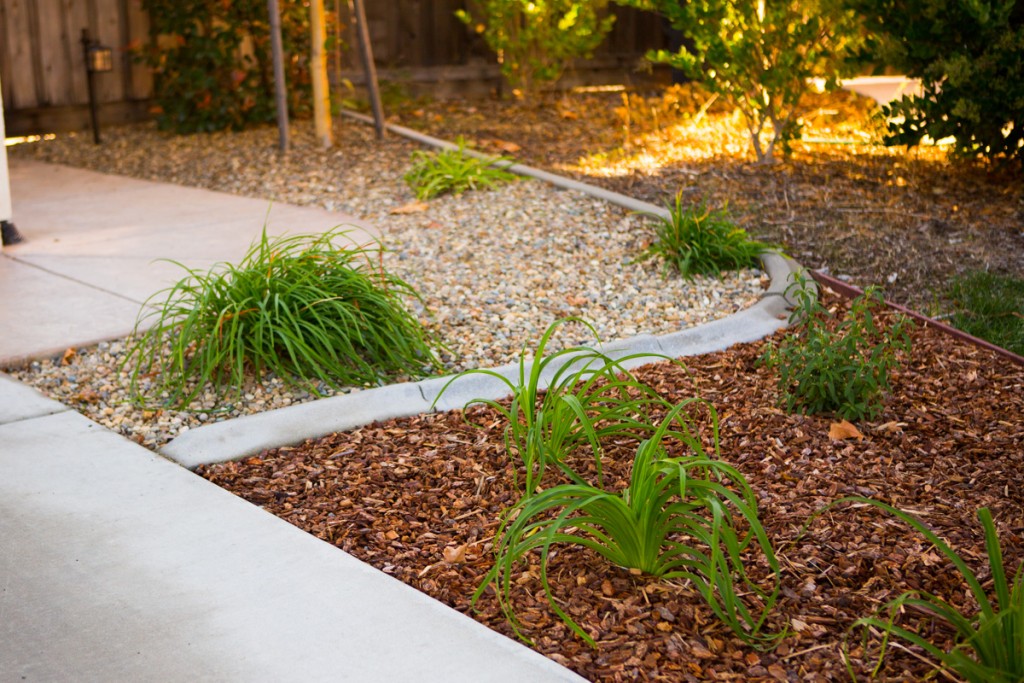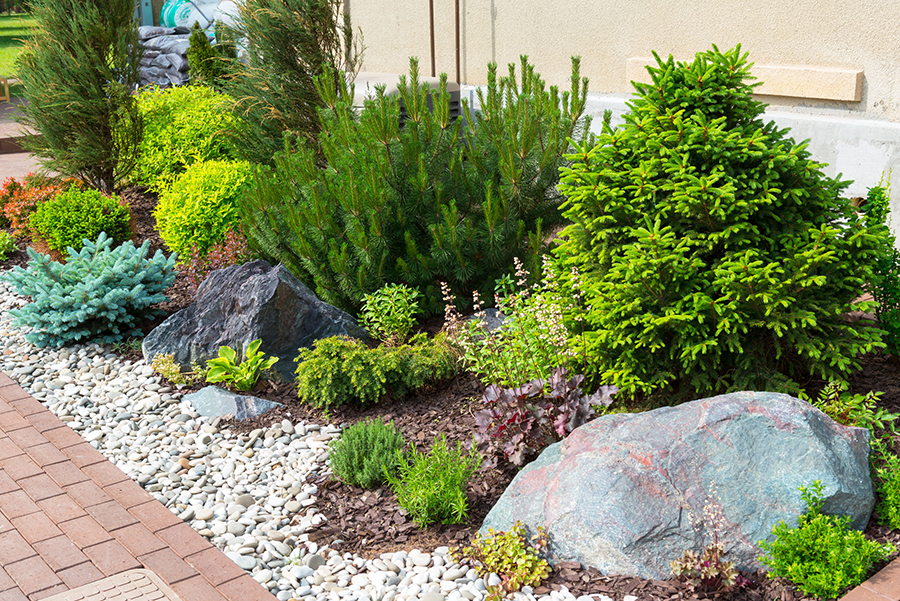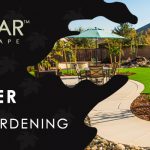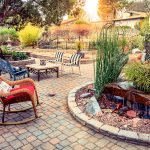Native Plants Sacramento Landscape Design
Planting Native plants in your Sacramento Landscape Design (How-To):
Which Plants are Best to Grow in Zone 9b in Sacramento, Roseville, Folsom, Lincoln, El Dorado Hills and Granite Bay?
Native plants tend to be highly drought resistant, making them the natural choice for people who want a low maintenance garden that is easy on resources. However, these plants do need some special attention when it comes to planting them and getting the garden started. Here are some times that will help you get your native plants growing happily and established healthily. Here at FiveSTAR Landscape in Sacramento, we specialize in stunning Sacramento Drought Tolerant Landscape Design. If you have any questions about Sacramento native plants or native plant landscaping, give us a call today!
- Plant in fall to winter. This is the rainy season here in Sacramento, CA, and you can benefit from letting Nature water your young plants for you.
- Test your soil before planting. Dig a hole as deep as the container and twice its width. Fill it with water and let it drain. Then fill it again. After it drains the second time, if it drains well, you can plant. If it does not drain well, fill up the hole with well draining soil, break up the surrounding soil, and create a mound three times the width and one and a half times the height of the container. Drought resistant plants do not like having water pooling at their roots.
- Have your soil’s nutrition levels tested at your local extension office. Unless your soil is very low in nutrients, do not amend it with fertilizer. Native plants often do best in soil that is not too rich.
- After planting, water thoroughly to eliminate air pockets.
- During the wet season, water once a week if you have not gotten rain that week. During the dry season, water once a week until the next wet season. After this, you can water (or not water) based on your plants’ water needs.
Sac Valley’s Drought-Tolerant, California Native Plant List
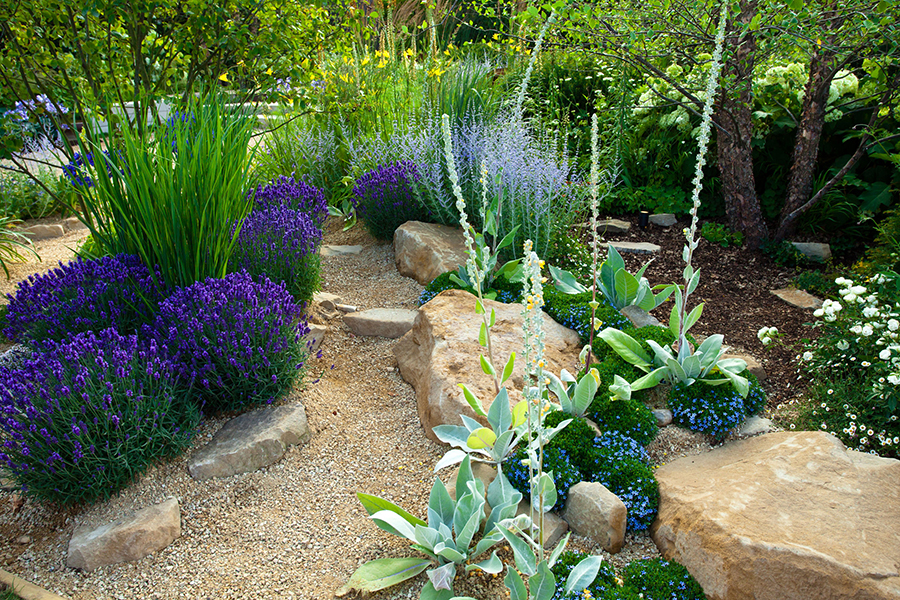
Native plants are great options for gardening in Sacramento Valley because they tend to be more drought tolerant than non-native species and work better in our climate. When you are choosing native plants to put in your garden, there are some important things to know in order to make a good design. Details such as the size of the mature plant, the sun or shade requirements, how much water it needs, and what sort of soil it will thrive in are vital information to have. We therefore provide this handy list of plants that are native to California with the essential info you need to plan out your drought tolerant garden and Sacramento landscape installation.
Understanding the Water Need designation
The Water Need classification of each plant is defined by the Water Use Classifications of Landscape Species. The plants on this list all have water needs of medium use or lower.
Keep in mind that the water need of the plants are based on what mature plants (2-3 years old, at least twice the size of when they were planted) need. Immature plants’ root structures are still getting established, so they need more water, especially during the hot summer months.
You can reduce the impact of your garden on your water bill by planting your native plants in the early fall, and then letting the plants do most of their growing during the rainy winter. You will still have to water during the summer, but the bulk of the growing will have happened when Nature was watering it for you.
- Very Low (VL) water requirement: VL plants require a deep watering once a month during the dry season, or no watering at all during times when Sacramento is getting its average rain fall.
- Low (L) water requirement: L plants require a deep watering every two to three weeks during the dry season.
- Moderate (M) water requirement: M plants require a deep watering every week during the dry season.
Sun requirements
- Full Sun (FS): Full sun plants need to have direct sunlight for most of the day.
- Part Shade (PS): Part shade plants need sunlight for part of the day and shade for part of the day. They can also do well with filtered sunlight.
- Shade (S): Shade plants need to stay away from direct sunlight. They need the sort of shade that plants typically get under shrubs or evergreen trees.
Soil requirements
Different plants require different kinds of soil. Some may be able to tolerate clay soil, and some may need very sandy soil. Some may need an alkaline pH, and some may need a neutral or acidic pH. Some plants may be highly adaptable, so that they can thrive in many different kinds of soil.
To know whether any of these native plants will do well in your garden, you need to know what kind of soil you have. You can take samples of your soil and send them to your local extension office for a report on your soil composition and pH, as well as an analysis of the minerals and nutrients that are available in your soil.
Sacramento Native Plants List
- Arctostaphylos Austin Griffith’s Manzanita
- Arctostaphylos densiflora Harmony Manzanita
- Arctostaphylos Sunset Manzanita
- Ceanothus Joyce Coulter
- Ceanothus Mills Glory
- Ceanothus Ray Hartman
- Cercidium floridum, Palo Verde
- Cercis occidentalis, Redbud
- Mountain Mahogany
- Chilopsis linearis, Desert Willow
- Diplacus longiflorus, Southern Monkey Flower
- Eriogonum fasciculatum foliolosum, California Buckwheat
- Muhlenbergia rigens, Deer Grass
- Penstemon Margarita BOP
- Penstemon spectabilis, Showy Penstemon
- Prosopis pubescens, Screwbean Mesquite
- Rhamnus californica, Coffeeberry
- Salvia brandegei with Penstemon spectablis
- Salvia Pozo Blue
- Salvia Pt. Sal
- Salvia Vicki Romo
- Sisyrinchium bellum
- Desert Mallow and Ceanotus
- Sphaeralcea ambigua, Desert Mallow
- Zauschneria latifolia johnstonii
- Bush California Fuchsia
- Zauschneria californica mexicana
- California fuchsia
Drought Tolerant Landscape Design Inspiration
